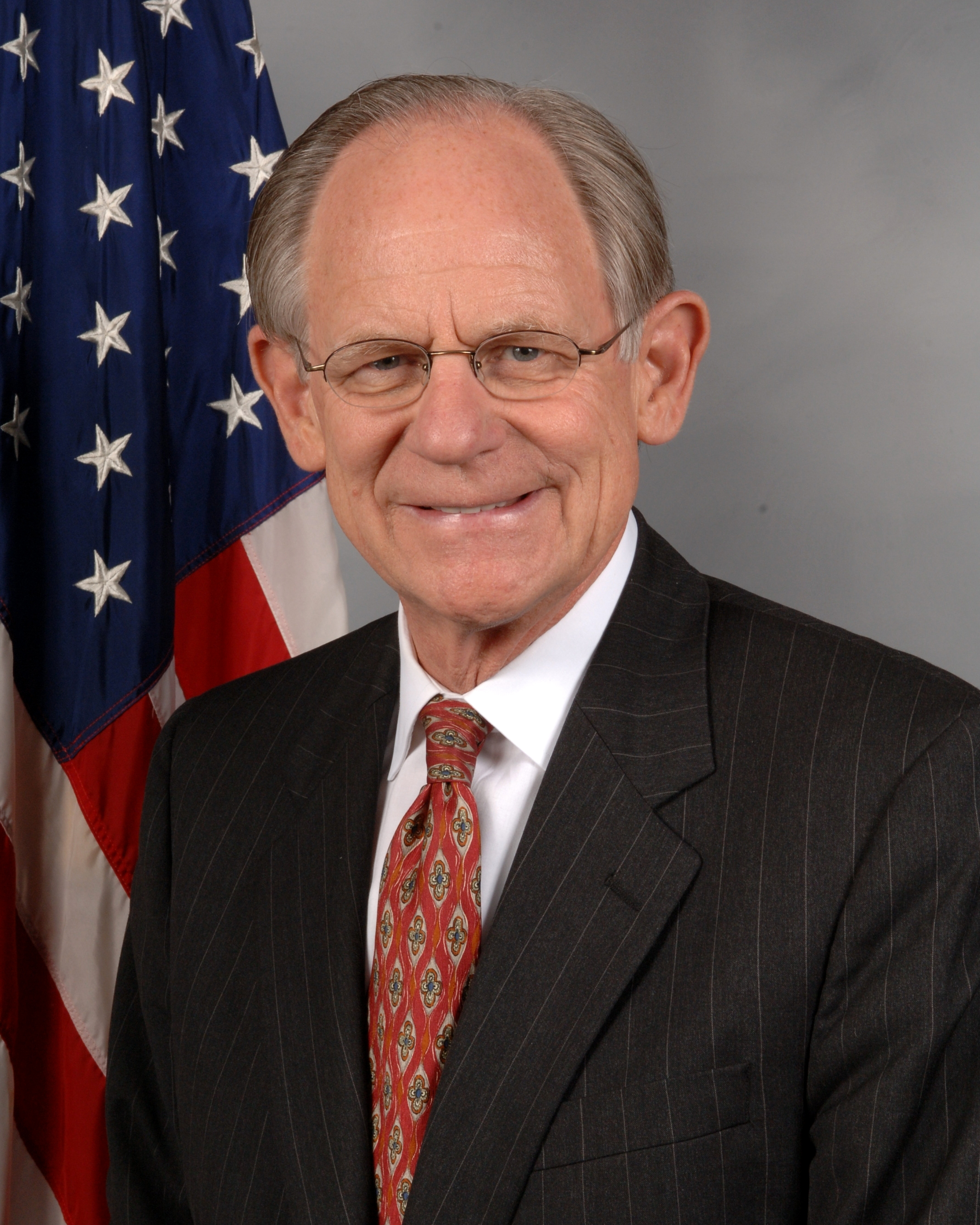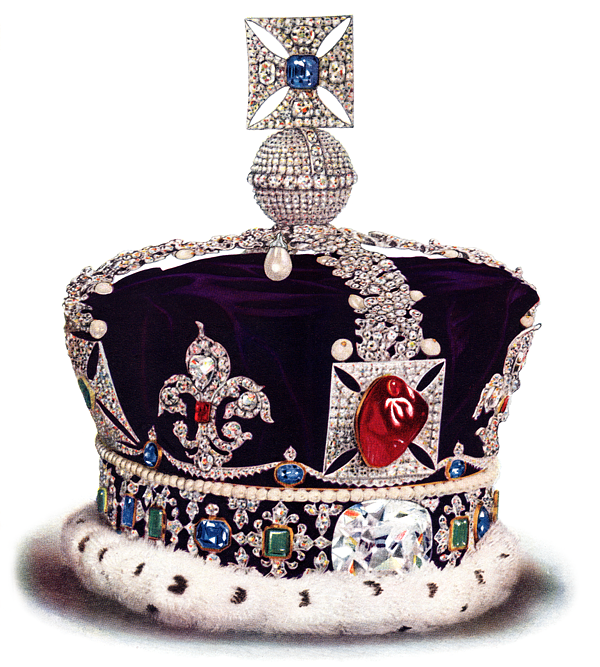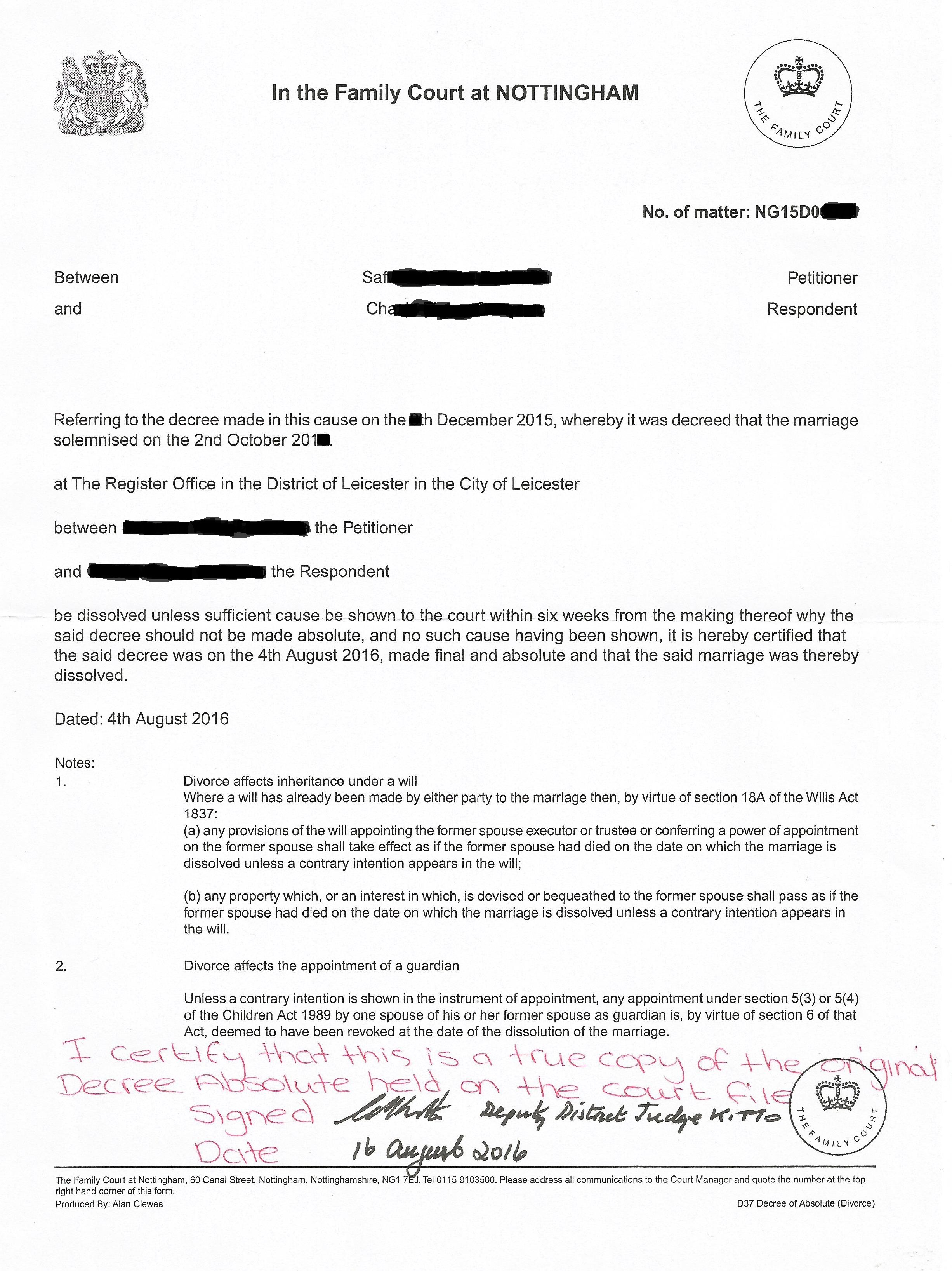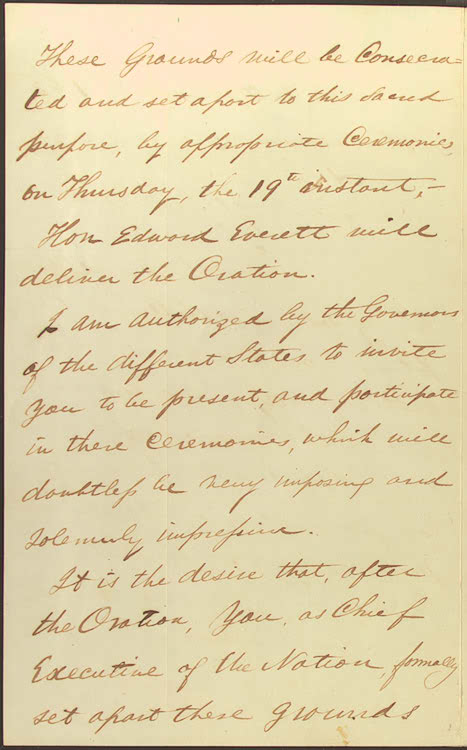|
United States Bullion Depository
The United States Bullion Depository, often known as Fort Knox, is a fortified bank vault, vault building located next to the United States Army post of Fort Knox, Kentucky. It is operated by the United States Department of the Treasury. The vault is used to store a large portion of the United States' gold reserves as well as other precious items belonging to or in custody of the federal government. It currently holds 147.3 million Troy ounce, ounces of gold bullion, a little over half the total gold presently held by the Federal government of the United States, federal government. The United States Mint Police protects the depository. The Treasury built the depository in 1936 on land transferred to it from the military. Its purpose was to house gold then stored in New York City and Philadelphia, in keeping with a strategy to move gold reserves away from coastal cities to areas less vulnerable to foreign military attack. The first set of gold shipments to the depository occurr ... [...More Info...] [...Related Items...] OR: [Wikipedia] [Google] [Baidu] |
Fort Knox
Fort Knox is a United States Army installation in Kentucky, south of Louisville and north of Elizabethtown, Kentucky, Elizabethtown. It is adjacent to the United States Bullion Depository (also known as Fort Knox), which is used to house a large portion of the United States' official gold reserves, and with which it is often conflated. The base covers parts of Bullitt County, Kentucky, Bullitt, Hardin County, Kentucky, Hardin and Meade County, Kentucky, Meade counties. It currently holds the Army Human Resources Center of Excellence, including the Army Human Resources Command. It is named in honor of Henry Knox, Chief of Artillery in the American Revolutionary War and the first United States Secretary of War. For 60 years, Fort Knox was the home of the U.S. Army Armor Center and School, and was used by both the Army and the United States Marine Corps, Marine Corps to train crews on the American tanks of the day; the last was the M1 Abrams main battle tank. The history of the ... [...More Info...] [...Related Items...] OR: [Wikipedia] [Google] [Baidu] |
Constitution Of The United States
The Constitution of the United States is the Supremacy Clause, supreme law of the United States, United States of America. It superseded the Articles of Confederation, the nation's first constitution, on March 4, 1789. Originally including seven articles, the Constitution delineates the frame of the Federal government of the United States, federal government. The Constitution's first three articles embody the doctrine of the separation of powers, in which the federal government is divided into three branches: the United States Congress, legislative, consisting of the bicameralism, bicameral Congress (Article One of the United States Constitution, Article I); the Federal government of the United States#Executive branch, executive, consisting of the President of the United States, president and subordinate officers (Article Two of the United States Constitution, Article II); and the Federal judiciary of the United States, judicial, consisting of the Supreme Court of the Unit ... [...More Info...] [...Related Items...] OR: [Wikipedia] [Google] [Baidu] |
Sacagawea Dollar
The Sacagawea dollar (also known as the "golden dollar") is a United States dollar coin introduced in 2000, but subsequently minted only for niche circulation from 2002 onward. The coin generally failed to meet consumer and business demands but it is still generally accepted in circulation. These coins have a copper core clad by manganese brass, giving them a distinctive golden color. The coin features an obverse designed by Glenna Goodacre of Sacagawea, the Shoshone guide of the Lewis and Clark Expedition, carrying her child. From 2000 to 2008, the reverse featured an eagle design by Thomas D. Rogers. Since 2009, the reverse of the Sacagawea dollar has been changed yearly, with each design in the series depicting a different aspect of Native American cultures. These coins are marketed as "Native American dollars". The coin was introduced as a replacement for the Susan B. Anthony dollar, which proved useful for vending machine operators and mass transit systems despite ... [...More Info...] [...Related Items...] OR: [Wikipedia] [Google] [Baidu] |
1974 Aluminum Cent
The 1974 aluminum cent was a one-cent coin proposed by the United States Mint in 1973. It was composed of an alloy of aluminum and trace metals, and it was intended to replace the predominantly copper–zinc cent due to the rising costs of coin production in the traditional bronze alloy. Of the 1,571,167 coins struck in anticipation of release, none were released into circulation. To encourage congressional support for the new alloy, the Mint distributed several examples to U.S. Congressmen. When the proposed aluminum cent was rejected, the Mint recalled and destroyed those coins. However, despite the recall, a few aluminum cents were not returned to the Mint, and those coins may remain at large. One example was donated to the Smithsonian Institution, while another was alleged to have been found by United States Capitol Police Officer Albert P. Toven. A 1974-D specimen was found in January 2014 by Randall Lawrence, who said it was a retirement gift to his father, Harry Edmond ... [...More Info...] [...Related Items...] OR: [Wikipedia] [Google] [Baidu] |
Morphine
Morphine, formerly also called morphia, is an opiate that is found naturally in opium, a dark brown resin produced by drying the latex of opium poppies (''Papaver somniferum''). It is mainly used as an analgesic (pain medication). There are multiple methods used to administer morphine: oral; sublingual administration, sublingual; via inhalation; intramuscular, injection into a muscle, Subcutaneous injection, injection under the skin, or injection into the spinal cord area; transdermal; or via rectal administration, rectal suppository. It acts directly on the central nervous system (CNS) to induce analgesia and alter perception and emotional response to pain. Physical and psychological dependence and tolerance may develop with repeated administration. It can be taken for both acute pain and chronic pain and is frequently used for pain from myocardial infarction, kidney stones, and during Childbirth, labor. Its maximum effect is reached after about 20 minutes when administ ... [...More Info...] [...Related Items...] OR: [Wikipedia] [Google] [Baidu] |
Opium
Opium (also known as poppy tears, or Lachryma papaveris) is the dried latex obtained from the seed Capsule (fruit), capsules of the opium poppy ''Papaver somniferum''. Approximately 12 percent of opium is made up of the analgesic alkaloid morphine, which is processed chemically to produce heroin and other synthetic opioids for medicinal use and for the illegal drug trade. Opium's main psychoactive alkaloids, primarily morphine, act on μ-opioid receptors, causing analgesia and addiction with long-term use leading to tolerance, dependence, and increased cancer risk. The latex also contains the closely related opiates codeine and thebaine, and non-analgesic alkaloids such as papaverine and noscapine. The traditional, labor-intensive method of obtaining the latex is to scratch ("score") the immature seed pods (fruits) by hand; the latex leaks out and dries to a sticky yellowish residue that is later scraped off and dehydrated. The English word for opium is loan word, borrowed fro ... [...More Info...] [...Related Items...] OR: [Wikipedia] [Google] [Baidu] |
Crown Of St
A crown is a traditional form of head adornment, or hat, worn by monarchs as a symbol of their power and dignity. A crown is often, by extension, a symbol of the monarch's government or items endorsed by it. The word itself is used, particularly in Commonwealth countries, as an abstract name for the monarchy itself (and, by extension, the state of which said monarch is head) as distinct from the individual who inhabits it (that is, ''The Crown''). A specific type of crown (or coronet for lower ranks of peerage) is employed in heraldry under strict rules. Indeed, some monarchies never had a physical crown, just a heraldic representation, as in the constitutional kingdom of Belgium. Variations * Costume headgear imitating a monarch's crown is also called a crown hat. Such costume crowns may be worn by actors portraying a monarch, people at costume parties, or ritual "monarchs" such as the king of a Carnival krewe, or the person who found the trinket in a king cake. * The nu ... [...More Info...] [...Related Items...] OR: [Wikipedia] [Google] [Baidu] |
Magna Carta
(Medieval Latin for "Great Charter"), sometimes spelled Magna Charta, is a royal charter of rights agreed to by King John of England at Runnymede, near Windsor, on 15 June 1215. First drafted by the Archbishop of Canterbury, Cardinal Stephen Langton, to make peace between the unpopular king and a group of rebel barons who demanded that the King confirm the Charter of Liberties, it promised the protection of church rights, protection for the barons from illegal imprisonment, access to swift and impartial justice, and limitations on feudal payments to the Crown, to be implemented through a council of 25 barons. Neither side stood by their commitments, and the charter was annulled by Pope Innocent III, leading to the First Barons' War. After John's death, the regency government of his young son, Henry III, reissued the document in 1216, stripped of some of its more radical content, in an unsuccessful bid to build political support for their cause. At the end of th ... [...More Info...] [...Related Items...] OR: [Wikipedia] [Google] [Baidu] |
Exemplified Copy
An exemplified copy (or exemplification) is an official attested copy or transcript of a public instrument, made under the seal and original pen-in-hand signature of a court or public functionary and in the name of the sovereign, for example, "The People of the State of Oklahoma". Exemplifications can only be attested and executed by either the authority holding the record or the issuing authority. Exemplified copies are also usually an extract or transcript made directly from the original. They can be contrasted with certified copy, certified copies which are attested by a public authority who does not necessarily execute the copy; are signed and sealed by the certifier, not necessarily the issuing authority or recorder; and are a facsimile, made from the original or not, and vary as to faithfulness, for example, fair copy, imitative copy, and so forth. Certified copies of birth and death records from Government of New York City, New York City, Los Angeles, Georgia, and in certa ... [...More Info...] [...Related Items...] OR: [Wikipedia] [Google] [Baidu] |
Gutenberg Bible
The Gutenberg Bible, also known as the 42-line Bible, the Mazarin Bible or the B42, was the earliest major book printed in Europe using mass-produced metal movable type. It marked the start of the "Printing Revolution, Gutenberg Revolution" and the age of printed books in the West. The book is valued and revered for its high aesthetic and artistic qualities and its historical significance. The Gutenberg Bible is an edition of the Latin Vulgate printed in the 1450s by Johannes Gutenberg in Mainz (Holy Roman Empire), in present-day Germany. Out of either 158 or 180 copies that were originally printed, 49 survive in at least substantial portion, 21 of them in entirety. They are thought to be among the world's most valuable books, although no complete copy has been sold since 1978. In March 1455, the future Pope Pius II wrote that he had seen pages from the Gutenberg Bible displayed in Frankfurt am Main, Frankfurt to promote the edition. The 36-line Bible, said to be the second p ... [...More Info...] [...Related Items...] OR: [Wikipedia] [Google] [Baidu] |
Gettysburg Address
The Gettysburg Address is a Public speaking, speech delivered by Abraham Lincoln, the 16th President of the United States, U.S. president, following the Battle of Gettysburg during the American Civil War. The speech has come to be viewed as one of the most famous, enduring, and historically significant speeches in history of the United States, American history. Lincoln delivered the speech on the afternoon of November 19, 1863, during a formal dedication of Soldiers' National Cemetery, now known as Gettysburg National Cemetery, on the grounds where the Battle of Gettysburg was fought four and a half months earlier, between July 1 and July 3, 1863, in Gettysburg, Pennsylvania. In the battle, Union army soldiers successfully repelled and defeated Confederate States Army, Confederate forces in what proved to be the Civil War's deadliest and most decisive battle, resulting in more than 50,000 Confederate and Union army casualties in a Union victory that altered the war's course in t ... [...More Info...] [...Related Items...] OR: [Wikipedia] [Google] [Baidu] |









